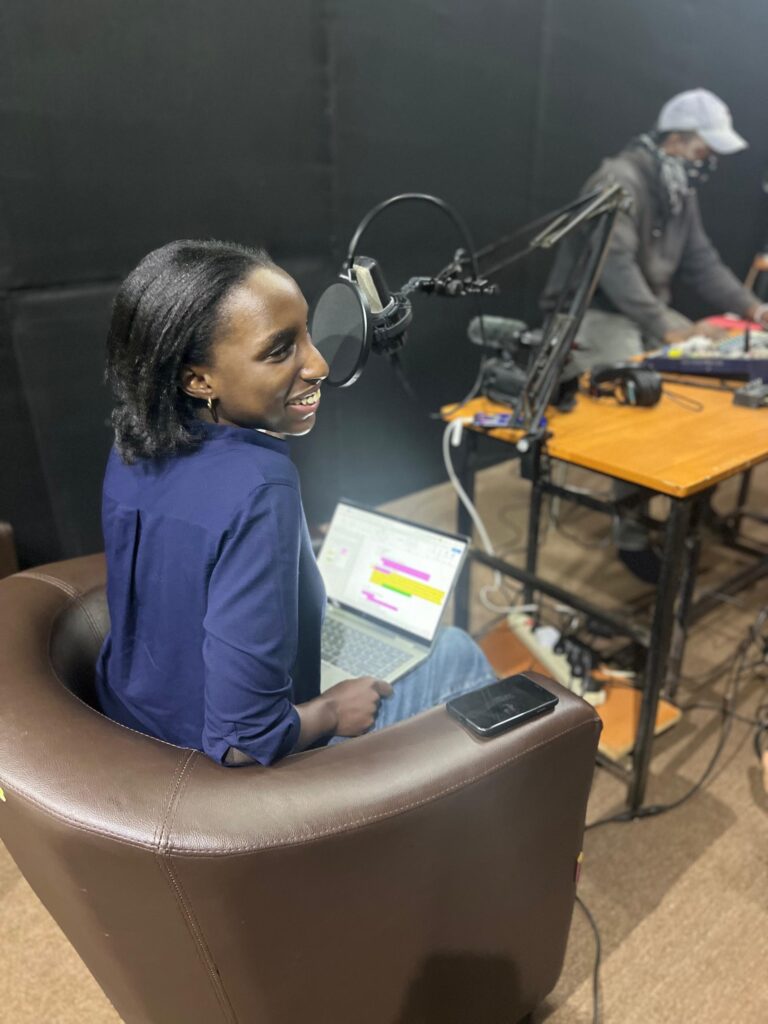By Fortunate Mwesigwa
In Uganda’s sports media industry, women remain a minority and often face unequal treatment compared to their male counterparts, according to recent findings and Joyce Aheebwa’s in-depth research. While strides have been made to increase visibility, persistent gender disparities continue affecting the presence, attention, and experiences of female sports journalists.
In Uganda men have dominated the sports media landscape, representing approximately 75 to 85% of sports journalists, with women making up only 15 to 25%. Aheebwa highlights that sports journalism is “traditionally seen as a male domain” in Uganda, which has limited women’s entry and growth in this field. Female reporters often cover less prominent sports and have fewer opportunities to headline major events or gain editorial leadership roles.
The female sports journalists receive considerably less coverage in mainstream media. Whereas Aheebwa’s research suggests that female journalists appear as sources or bylines in only about 25 % of sports stories, whereas men dominate with 75 %. This lack of visibility translates into fewer professional opportunities and recognition, reinforcing perceptions that men are the default experts in sports reporting. Furthermore, Aheebwa’s findings imply that women’s contributions are often overshadowed, which diminishes their credibility and chances for career advancement.
Shafik Atukunda, a sports enthusiast from Uganda Christian University said, “I rarely come across sports content published by the ladies, and yet when we engage in football discussions, they are well informed.” He added, “I would love to see these females express themselves more on the sports shows on TV, radio and even the newspapers.” This is an affirmation of how rare it is to come across sports coverage by females. Rose Adikin, a second-year journalism student at Makerere University, said, “I think the scarcity of females when covering sports comes from the bias related to our traditional setting where women did not know anything and were ignored.” Adikin added that “it is absurd that even in this modern edge women passionate about sports like me are ignored because of these African traditional ideologies.”
The female sports journalists are primarily concentrated in urban centres such as Kampala, where major media houses operate. Here, they mostly work for newspapers, TV, and radio outlets covering national sports news. However, regional media and grassroots sports outlets remain male-dominated, and women tend to work on secondary assignments rather than high-profile sporting events. This spatial limitation constrains their influence and audience reach significantly. With the absence of audience interaction through their work, it is difficult for them to enhance their creative side in the world of delivering sports content, which keeps them inferior in the discussion at large.
However, over the last decade, Uganda has seen a modest 4% increase in women’s visibility in sports media, driven by gender equity campaigns and increased advocacy. Yet again change remains slow and almost invisible. Studies project that if the current growth continues, women’s overall share in sports coverage may reach only about 20% by 2025, highlighting ongoing inequality in sports media representation. Additionally, cultural expectations and stereotypes label sports reporting as a “man’s profession,” making it harder for women to enter or thrive in the sector. Limited mentoring, networking, and professional development opportunities further restrict their progress.
Despite adversity, many women sports journalists demonstrate resilience and a passion for storytelling. They often report the constant need to prove their competence in male-dominated spaces. According to Jakubowska (2015), women and men are given coverage depending on the interest of the media, whereby the status of a particular sport is dependent on the gender of the participants, where men have a greater chance of being the focus of attention compared to the women. Joy Ninsiima, an aspiring female sports journalist, said, “It is not easy to be a woman in this field. We face scepticism and undervaluation, but our passion for sports keeps us going.”
However, challenges like unequal pay and limited access to major events persist. A global perspective affirms these inequalities. Recent studies show that only about 5.1% of sports articles worldwide are written by women journalists. This can be related to the fact that female sports reporters face systemic barriers including sexual harassment and marginalization across the sports media industry. Advocates emphasize inclusive hiring, training, and workplace policies to support women’s participation fully and fairly.
Women in Ugandan sports media continue to grapple with significant gender gaps in representation, professional attention, and opportunities. The incremental progress highlighted by Aheebwa’s research and related global findings underscores the urgent need for continued efforts to dismantle stereotypes and institutional barriers. Empowering women sports journalists will enrich Uganda’s sports storytelling and create a more inclusive media environment reflective of diverse voices.


